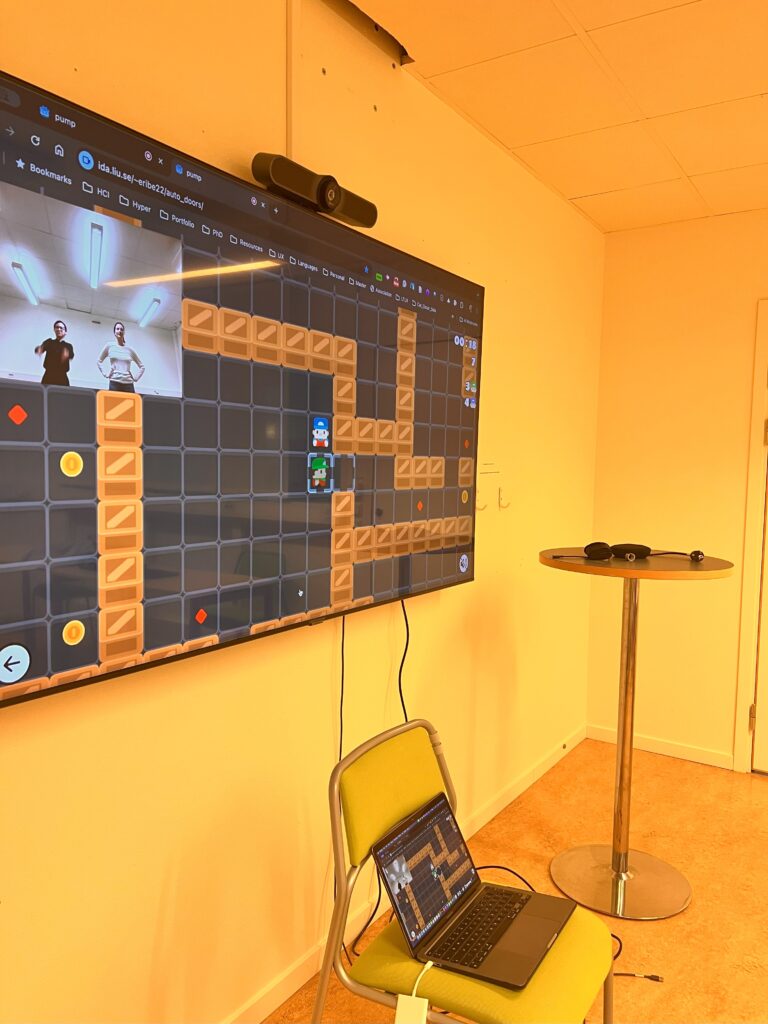PhD Uppsala University
Every year, before summer vacation, I will try to write a year summary so I can reflect on the year’s progress.
Year 1 (Jan 2023 – June 2024)
This first year was slightly longer, to be precise. I started at the University by the end of January 2023 (the 23rd, to be precise). Between January and April, I worked as a research assistant. During that time, I learned what I could about digital health informatics, digital clinical trials, interventions, and so on. I was also working on my research plan – which was already written when I started. Still, I was encouraged to make it “more of my own”, which, of course, was a good idea, as it allowed me to read and understand more about the field.
I was also trying to get used to the daily commute (2h40 every day), which made me tired as hell – I got the impression that I had never been so tired in my life as these initial months – probably not true, but that’s how I felt during the first six months. It took a toll on me, and the last week before vacation, I had a gastritis crisis that put me at home for a week.
For those unfamiliar with PhDs in Sweden, although we are still “students”, the PhD seems more like a job. We usually have contracts of 40 weekly hours, there are vacations and parental leave, and you have an office and a computer. And a salary (maybe not the best well-paid, but still a salary). When you are fully dedicated to your research, meaning full-time, the PhD usually lasts four years. In my case (and for many people), you may need to work 80% on your research and 20% on administrative tasks – and it can mean everything from giving classes to basically anything. In my case, my “administrative” demand is to design a new platform for the conduction of digital interventions and data collection. In this role, I’m the product designer providing the UX, UI, and UX writing material (and, later, the UX research). During my 80%, I dedicated myself to my research, which is to investigate research participants’ engagement and retention in clinical research.
By the end of April, my PhD officially started. My first task as a PhD student was to prepare my ethics application for approval. As a rule of thumb, studies conducted in the medical area usually need ethics approval. My research is not so connected to health conditions itself, but there are chances that sensitive information may come up. I’m unaware of how ethics approvals work in other places (countries). In Sweden, there is an Ethics Review Authority that reviews all applications. The applications are around 13 sections, which may vary according to your research, and each section is composed of several questions. The answers were around 30 pages long in a Word document, and I needed to describe the studies, procedures, steps, and risks. In summary, all the necessary details. All supplementary materials, like questionnaires, surveys, interview scripts, workshop scripts, and advertisement pieces, needed to be attached to the application (and everything in Swedish, so I needed to have some invaluable collaborations here). The application was ready by September 2023, including all support material, translations, and everything else. In October, we received our approval.
Meanwhile, I had my post-registration seminar. In my department, all new PhD students must present their research plan to a reviewer to raise questions and discuss potential points of attention. This presentation should be done up to the first six months of the PhD. I had my post-registration in September, which led us to make some changes in the research plan (which was good!). We added a systematic literature review as part of it. We decided to focus on research participants and not focus on researchers. After the seminar, I took some days to review my plan and uploaded a new version for approval.
We started the systematic literature review in October. Since I had never done one before, I had thousands of questions and no clue where to start. I researched some references to have an idea of where to start and scheduled a meeting with the University’s Library. For the first conversation, I prepared some material, such as my initial review question, a list of keywords, and databases to look into. Our librarian helped with a pilot search, with 200 results, that I could review and check if they were relevant.
The review was made during November, among the courses and all the other tasks. At the beginning of 2024, I could refine the keywords list, and a second pilot search was made.
In October, I also had the opportunity to participate in my first academic conference, U-CARE Venue, presenting a poster about my PhD project.
Meanwhile, the PhD courses were taking place. Between June and August, I attended the Co-Design of Digital Health Innovations course, where I had the opportunity to develop a very interesting project for midwives. One of the advantages of working in a university with students from various countries is the opportunity to collaborate with students from diverse backgrounds, such as Pakistan, Uganda, and Iran.
After completing this course, I began studying Research Ethics in the Social Sciences. It was an intense course that covered many aspects, from ethics codes to ethics in online research, power and positionality, ethnography, and data-driven research.
In November, I decided to take not one but two courses (I don’t recommend doing this way – PhD courses can be pretty intense and highly demanding). However, the content of both was excellent. One was Patient and Public Involvement in Research, where I learned what it means to have patients and the public involved in research design and collaboration. It was really mind-blowing. The second course, Systematic Review, Meta-Synthesis and Meta-Analysis, by Dalarna University, was also an excellent course, even more so for someone with basically no experience with systematic literature reviews.
The first half of 2024 went by quickly. With all the design demands, meetings, journal clubs, writing workshops, and Brain Pubs, time can easily slip away. The program is great but intense.
Between February and June, I was dedicated to writing my systematic literature review protocol, preparing everything to send our survey, preparing email lists, writing messages, and organising materials. In April, May, and July, I sent messages inviting former users to give feedback about our project.
Now, here we are, June 2024. The protocol is almost done (well, let’s see). A survey was sent and responded to. There is still a tremendous lot to do (and there is still a week before summer vacation).
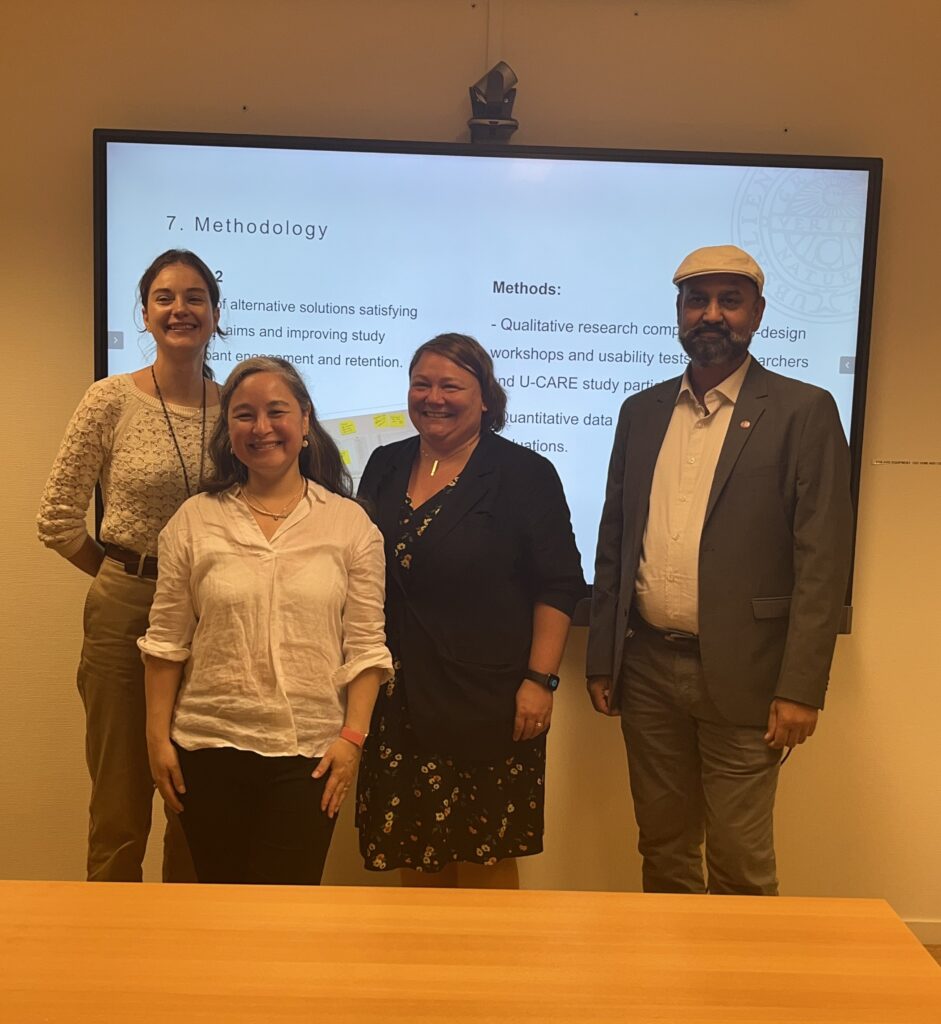
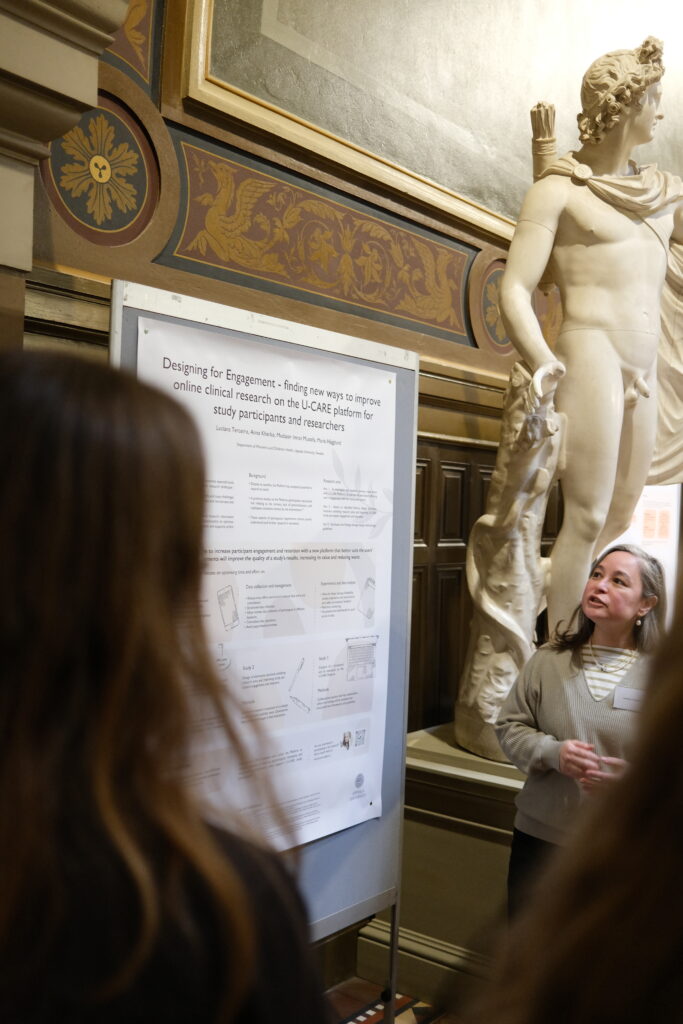
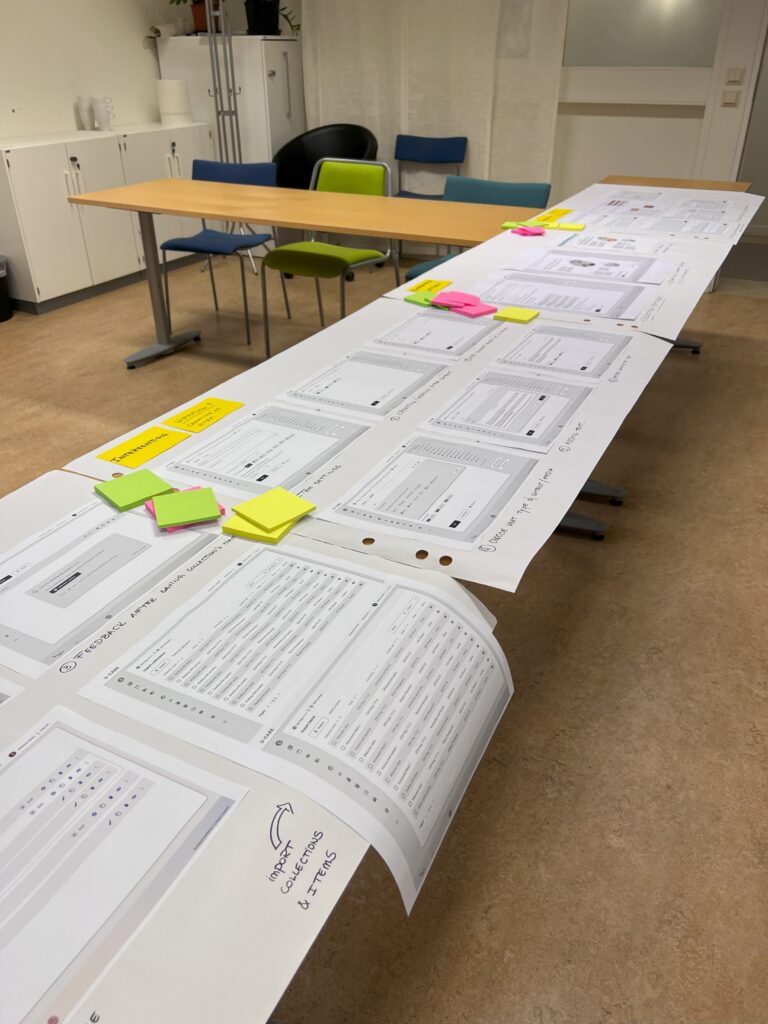
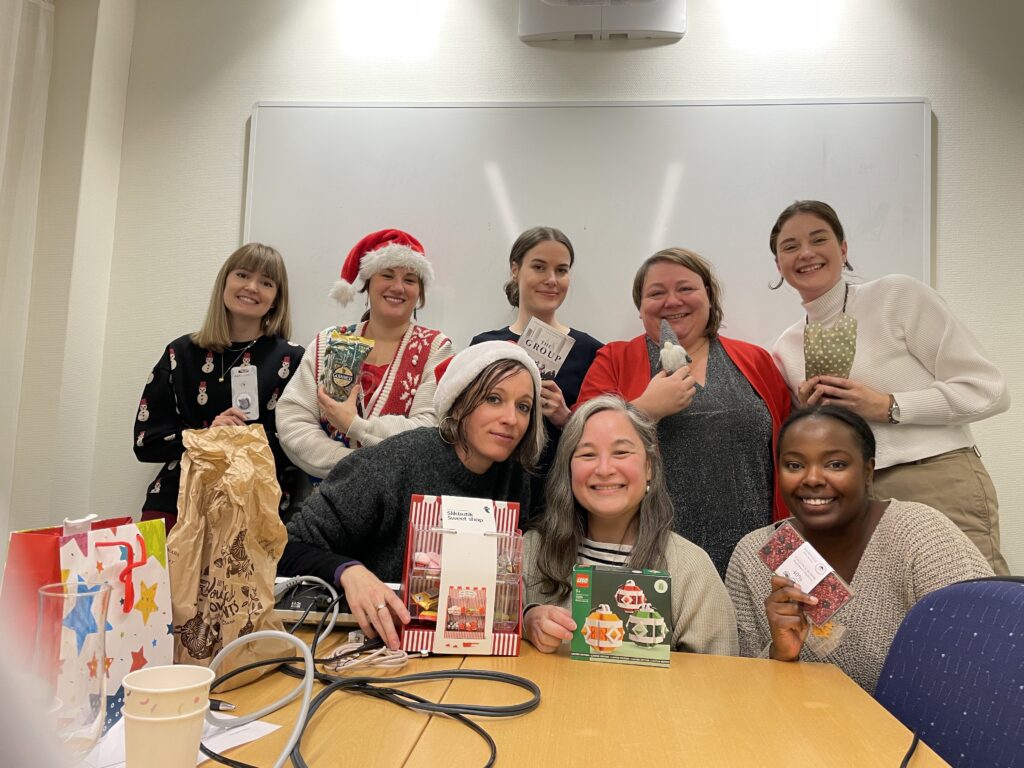
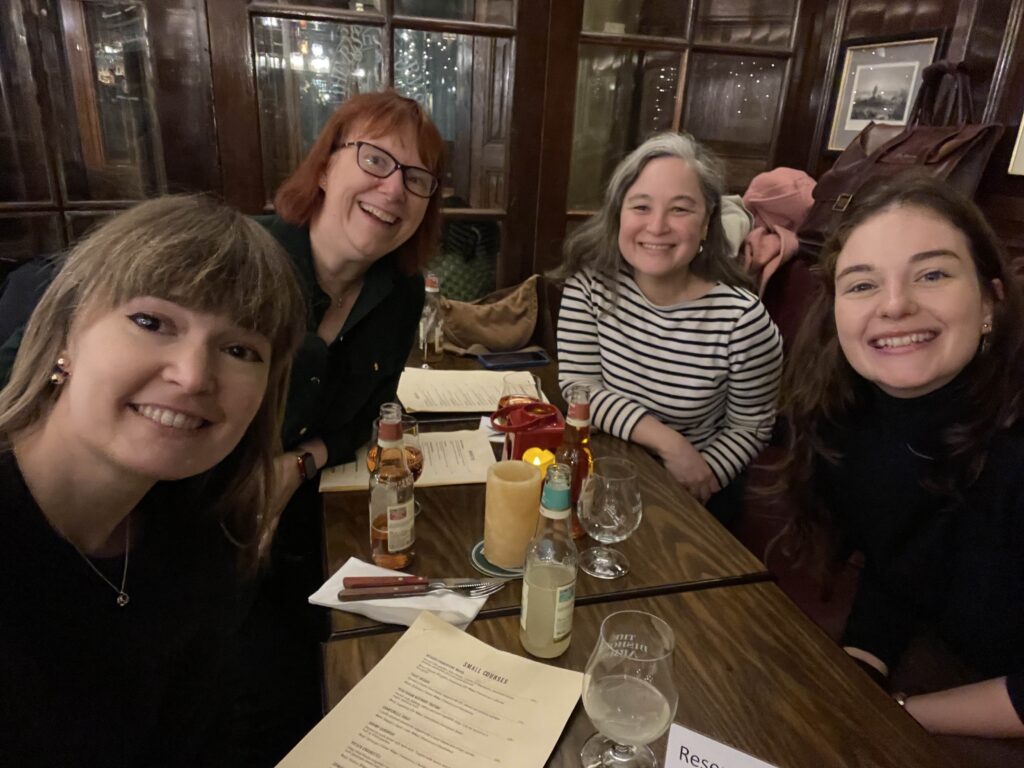
Year 2 (Aug 2024 – June 2025)
And after the 2024 summer vacation, we were back on track. This past year has been full of emotions – both good and bad ones (well, they say all PhDs are like that, so nothing new).
The second semester of 2024 (August to December) was packed, mostly due to the one mandatory course we need to attend here – Introduction to Scientific Research, or ISR for the closest ones. It’s a 5.5-week course, broken into 2 parts: the first 3 weeks are in August, and the other 2.5 weeks take place in October. The month in between (September) is when you are supposed to do some “homework” and catch up with your PhD project.
The ISR course is very intense (and I mean it, sometimes we need to sneak out for a toilet break), packed with lectures and workshops and extra projects. A lot of statistics and other academic subjects, such as research ethics, science communication, AI in research (of course), and teaching methods, among others. I guess I was lucky because, despite the intense schedule, I had a great team, and we had a lot of fun, even with all the work on the rats-stroke-rapamycin project.


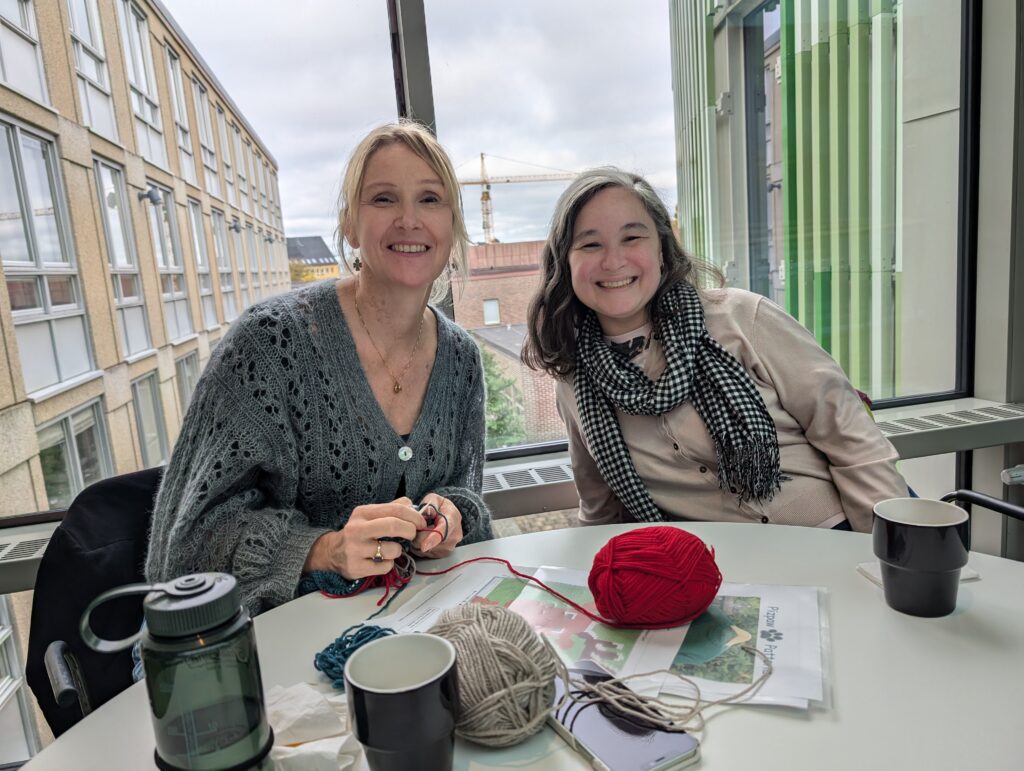
Together with the ISR course, the PhD project continued running. One of my studies focused on the former digital healthcare platform developed by my research group. Before the summer, I conducted a survey to collect past impressions; however, I couldn’t contact recent users, and the feedback quality wasn’t good in terms of people remembering the details. Between October and November, we also conducted interviews, but we faced the same problem. Our interviewees didn’t have fresh memories of the platform, so it was challenging to evoke insightful comments. When we finished the data collection, we unfortunately realised that we didn’t have sufficient material to write about it. Sadly, this was the end (so far) of my Study II – the data is still here; maybe it will be worth something later.
And the Systematic Literature Review (SLR) was progressing full steam ahead. In September, I started having the invaluable help of Asha, who came to do her internship with me. Together, we explored platforms to conduct the systematic review, such as Covidence and Rayyan. We reviewed articles together to refine the criteria, and we tested the review flow in several ways to guarantee the best process. Before I returned to the second part of the ISR, we had already begun the title and abstract screening (the first phase of the SLR).
Between November and December, I had some shaking news. It was necessary to change my research plan in two-thirds of it. This meant that two of the planned three studies were no longer feasible: Study II, related to the former platform, and Study III, related to the new platform. We developed a new research plan between December and January and submitted it again to the KUF (In Swedish, the Research Training Committee), the committee that oversees PhD projects. With the new research plan, we needed a new application to the ethics committee (and, of course, all new materials for the research, such as interview scripts, Delphi survey examples, workshop and focus group details, etc.).
Just before the ISR course started, we submitted the protocol manuscript for publishing (beginning of August). Around October, we received the first reviewer feedback. After the ISR, we implemented the changes and resubmitted them. In November, we got the okay from the reviewer and went back to the journal. Final reviews (such as grammatical and journal standards) came in December (23), and on Christmas morning, I was checking the last details. On January 3rd, 2025, our protocol was officially published by the JMIR Research Protocol journal.
With the changes in my research plan, I could embrace the design courses. The first semester of 2025 was busy, with a Design Science course from Lund University and an HCI Research course from Linköping University. It was two different worlds – I sort of hated Design Science, while I found myself drawn to HCI. This course presented me with interesting opportunities and perspectives. And on top of everything, I really enjoyed our final project, which consisted of testing an exergame.
Meanwhile, the systematic review was progressing. We completed the title and abstract phase around April 2025, and in May, we began the full-text review phase (and we are almost finishing it!).
Throughout the year, we continued to develop our digital healthcare platform. However, around April or May 2025, changes occurred in the area, and the project was subsequently discontinued.
Now, it’s June 26th. The courses are mostly complete (besides one that I decided to take, which is about HCI in Healthcare). The Ethics Committee approved our new application, and the KUF approved our new research plan by the beginning of June. We are finishing the school year with an honest feeling of important milestones accomplished (even despite the bumps in the road). Right now, I have a sense of both feeling energised and needing some rest. I guess it’s good. I’m looking forward to a great summer break and the exciting months ahead.

